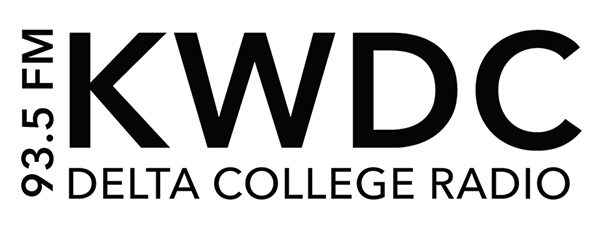Classes are impacted, more are being cut every semester and students are adding courses at random hoping to get their hands on anything they can.
But an issue lies with students adding classes for the purpose of financial aid, then dropping them the second they see the money.
This is not new, and therein lies the problem.
With classes becoming fewer and more students competing for spots than in previous semesters, it’s a lose-lose situation.
Students across campus are infuriated with not being able to get the classes they need because fellow students are bombarding the classes simply to receive financial aid packages.
We know people are just here for their financial aid checks. Collegian staff members have heard fellow students talking about using money for frivolous expenses – not school.
This sort of deception is causing problems for those of us who are here to learn and need the money to do so.
Did anyone notice how the class they were on a wait list for at the beginning of the semester had about twenty open seats two to three weeks in? We have.
This usually happens around the time financial aid kicks in.
Is this a coincidence? We don’t think so.
However, this select group of students is not the only problem that one encounters when trying to get the classes we need.
Priority registration has also become questionable.
Students involved in sports, veterans, and EOPS members are just a few of the groups that get priority registration.
After they have signed up for classes, other students get the leftovers.
With a lack of classes due to budget cuts, after priority registration it seems like there’s nothing left to worry about other than signing up for the remaining classes right
Wrong.
Core classes students need such as math, science and speech are among the first to fill up. When this happens, the only option left is showing up and hoping to get in.
But what happens if this class was one needed for an AA or to transfer the following semester?
Two-year colleges are supposed to be alternatives to four-year schools for students who cannot afford tuition right away.
But when it takes three or four years just to get all the classes needed to transfer, or obtain a degree, this method seems more like an extension of high school rather than a helpful way to jump-start a college education.
Because of the lack of classes, some students have to sign up for multiple schools such as Sacramento City College and Consumnes River College, to accompany their courses at San Joaquin Delta College.
When students have to drive 30 miles out of the way just to get classes, it is definitely more of a hinder than help.
With all of these problems students are more likely to get easily frustrated and drop out. With the system as it is now, that’s exactly what is happening.
Grade-point average, units needed for an AA, semesters until transfer and the amount of times a student has dropped a class should be taken into consideration for registration. It should not be a free for all after the priority students have their pick.
How can we encourage students to move on from Delta and open space in classrooms when the system is not set up that way?


